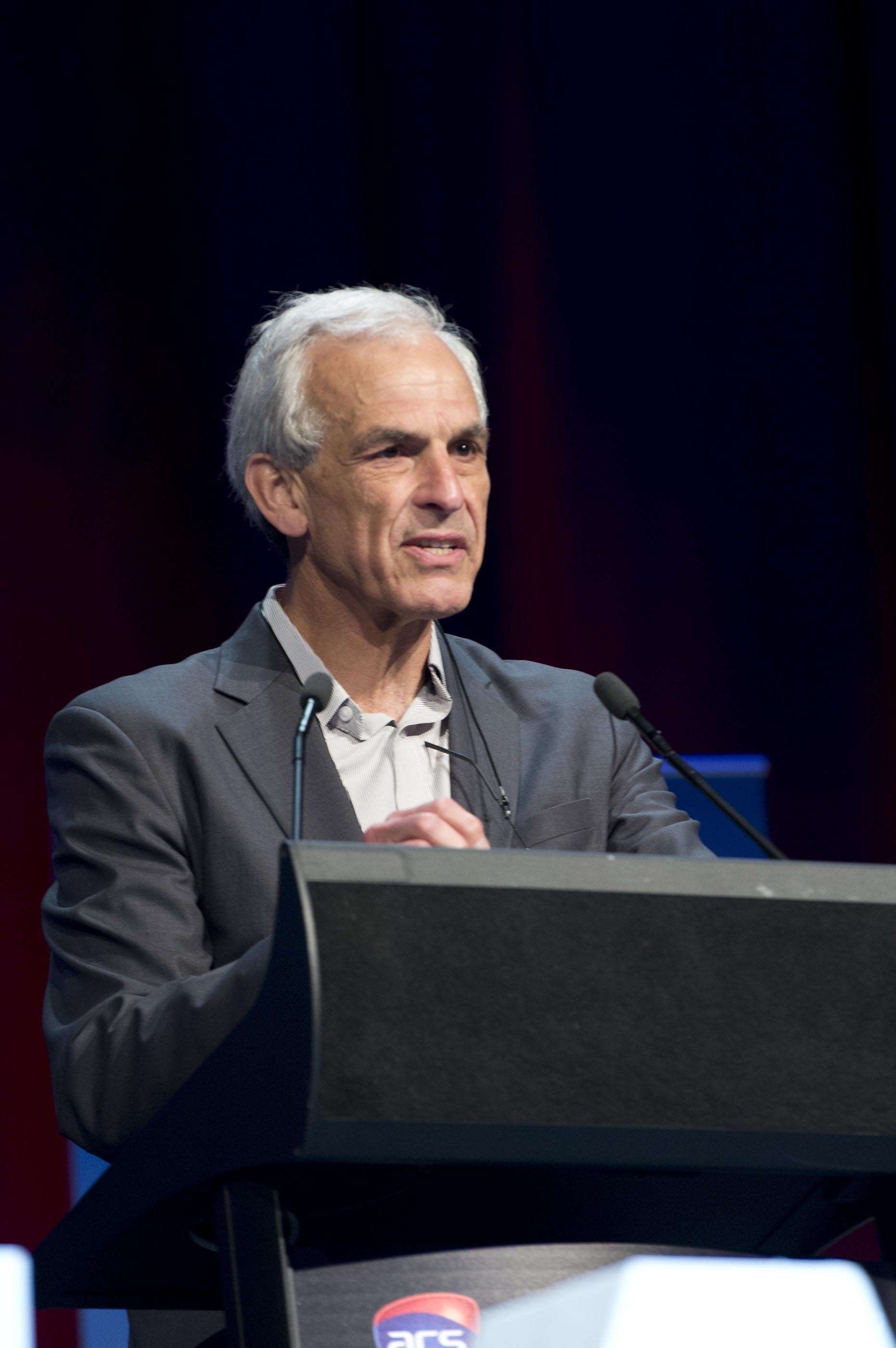Telstra chief scientist Hugh Bradlow has dismissed suggestions that the Tel Aviv start-up hub in Israel can be used as a model to foster similar high-tech innovation in Australia.
Speaking at the ACS Reimagination 2015 conference, Bradlow said there was “absolutely nothing in the Israeli situation that translates to Australia”.
He was responding to suggestions by fellow panellist Carsales CIO Ajay Bhatia that Australia should work towards becoming “the Israel of the Asia Pacific”.
“There is a lot of good engineering and good universities in Israel, and they’re two very important components to becoming a successful, entrepreneurial, innovative nation,” Bhatia said.
“Israel is innovating out of necessity. Their start-up scene is as good as ever.”
But Bradlow believed using Israel as a model made “no sense” – primarily because it is a model built on public policy and investment, which he did not see as Australia’s weaknesses.
“We’ve had plenty of government interventions in terms of various start-up and seed funds,” he said.
“Australia actually scores quite well on government funded research but very poorly on business funded research.
“The point is we spend enough on research. Where we score incredibly poorly is getting that research into actual industry and into commercial outcomes.
“So trying to draw inferences from the Israeli situation makes no sense to me.
“We’ve got to find a different model that’s much more suited to us.”
Bhatia still believes that whatever model Australia decides to frame innovation cultural development around, it should be informed by international experiences.
“With all respect to your views, there is a lot to learn from different countries across the world,” Bhatia told Bradlow.
“I could have picked the US or many other countries, but I picked Israel for one reason.
“Twenty-three years ago when I came to Australia there was a mining boom and until recently there was a mining boom. The gold was in the ground and it was doing really well for us, and we had no necessity to innovate.
“Israel had a necessity to innovate and think differently. There has to be ideas and solutions we can pick from Israel, just as there has to be ideas and solutions we can pick from Singapore and South Korea.
“And not everything’s going to work here, but we do need to do things differently. What we’re doing today has not worked.”
US model similar – but so are the challenges
The Dean of UTS’ Faculty of Engineering and Information Technology, Professor Ian Burnett, noted in a separate session at the conference that US-based and Australian innovators faced markedly similar challenges.
Burnett recently returned from a delegation to San Diego and Silicon Valley, where he spoke to a number of start-ups about the challenges they faced.
“They told us that US manufacturing is in a steep decline, and that their future is entirely dependent on creating value from [data],” he said.
“And every single one of those companies is desperately seeking and recruiting STEM graduates – they have a massive shortage and they only have one solution: to recruit from overseas.
“Why am I relaying that story? Because it’s about a massive country some 14 hours away from us here in Sydney, but the story is the same.
“Manufacturing is not looking good, there’s an increase in the need for STEM graduates and a shortage of those graduates, so it’s a global issue in developed countries.
“Internationally 75 percent of the fastest-growing occupations require STEM skills, which is exactly the story I was hearing from those Silicon Valley companies, and I also hear the same from companies I talk to in Australia.”
Do we even need a hub?
In addition to questioning the logic of modelling Australian innovation off the Tel Aviv blueprint, Telstra’s Hugh Bradlow also queried whether Australia needed a similar hub model to begin with.
“I think there’s a misconception that unless we have a Silicon Valley and unless we’re developing original technology we’re not technically competitive,” he said.
“That’s not the case.
“It’s going to be much more important in the future about how we adopt technology than how we develop it.”










